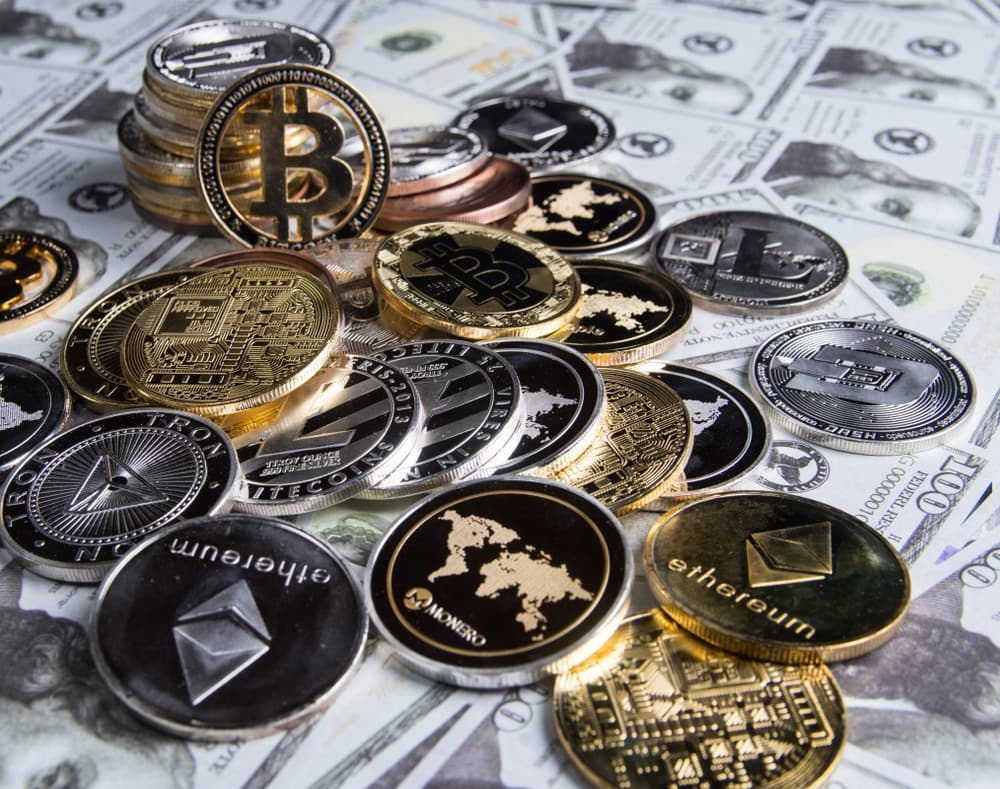Beneath the Surface
Seven Charts That Put the Gold Bull Market in Context
March 31, 2025 • 2 minute, 48 second read

“We have gold because we cannot trust government.”
– Herbert Hoover
March 31, 2025 — Remember that long, boring stretch where gold couldn’t break resistance at $2,000/oz?
Here it is in the context of this century’s bull market — note the definitive breakout in early 2024.

What’s driving the bull market? Central bank buying. And what’s driving that? Geopolitics. Emerging market central banks started planning for a post-dollar world when the Ukraine war broke out:

While the above was happening, the BRICS countries’ cumulative GDP surpassed that of the G-7 developed countries. As Incrementum notes:
For years, the BRICS+ countries have had a considerable trade and current account surplus with the West. A steadily increasing share of gold in the currency reserves of emerging economies is the manifestation of this development. This is similar to the situation after the Second World War, when Europe, especially Germany and France, successively increased their gold reserves as a result of high current account surpluses. In contrast, U.S. gold reserves fell to almost one quarter, or just over 8,000 tonnes, as a result of the gold drain. While the U.S. experienced a gold drain in the 1960s, there are currently signs of a gold gain in the emerging markets.

Not surprisingly, China, with its persistent trade surplus, has been a leading buyer of gold.

As they accumulate gold, foreign central banks are dumping U.S. dollar-denominated debt.

China is also encouraging its citizens to own gold. The resulting strong domestic demand is driving gold prices to a premium on the Shanghai Gold Exchange. This, in turn, is increasing the flow of gold from West to East. From Incrementum:
The enormous Chinese appetite for gold can be seen in the premium for Chinese gold compared to LBMA prices. The high domestic demand in China is also being fueled by China’s youth, who have recently discovered gold beans as an investment opportunity. In addition, import restrictions or tariffs on gold imports could keep prices in China artificially high. Another reason is likely to be China’s withdrawal from the LBMA gold auctions last year, which may have restricted the volume of gold flowing into China.

Western investment advisors have yet to recognize the above dynamic. In 2023, 71% of their clients have virtually no exposure to gold, and that number has barely risen since then.

A Bull Market With Legs
The trends driving the gold bull market — de-dollarization, inflation, and a looming currency reset — accelerated in the past year and have much further to go. Combined with the apparent cluelessness of Western investors, the result should be higher gold demand and rising prices in the coming decade. Keep stacking!
Regards,
John Rubino, Grey Swan Investment Fraternity
P.S. from Addison: The gold trade still has room to go. Please review our research on the gold bull and our investment recommendations here.
“I have always enjoyed Addyson’s thoughts and commentary,” writes Joan. D “
The second Trump administration is rapidly realigning the U.S. position in global politics; new policies (tariffs!) and advancements in AI are rebooting the entire U.S. economy, and — every day – your investments and your money are reflecting those changes…
We’ll have plenty of chances to point out things that make you go “hmmm…” and add a snarky comment or two.
Any first impressions? Please add your ideas or suggestions right here: addison@greyswanfraternity.com



